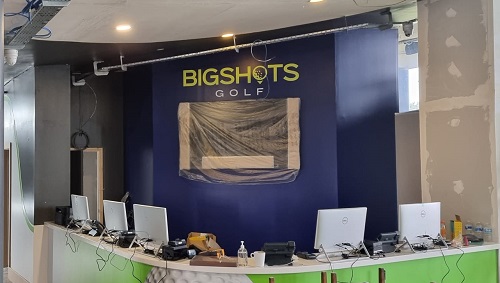
Positioning surveillance cameras effectively effectively remains crucial to improving surveillance in different environments, such as homes, businesses, as well as public spaces. The main goal of surveillance cameras remains to discourage crime while also provide proof during case of incidents. To achieve this, it is essential to consider various factors, such as camera location, field of view, and the particular zones that need monitoring. By understanding these elements, people and entities can create a thorough surveillance plan that maximizes the efficacy of their security solutions.
One of the first actions in placing surveillance cameras involves to identify critical areas that require surveillance. Vulnerable areas, such as entry points, exits, vehicle areas, and areas with high-value assets, must be given priority. It is crucial to consider areas not visible, which may be areas that might not be visible from specific angles. By charting out these critical locations, security staff can ensure that all corner remains monitored, minimizing the chances of criminal actions going undetected. Additionally, installing cameras at key points can assist create a complete view of the premises, enabling for better total security coverage.
The viewing angle of a security system is another crucial factor to take into account. Different kinds of cameras offer different fields of vision, that can affect how many space gets captured in the video. For example, broad-view cameras can cover bigger spaces, making them perfect for open areas, while PTZ systems can be modified to concentrate on particular details. When placing cameras, it is important to select the right kind based on the area being monitored. This guarantees that the system can record sharp footage and offer important information in case of an occurrence.
Height and tilt of mounting also play a crucial part in the efficacy of surveillance cameras. Cameras should be mounted at a level that remains out of grasp of possible interference but still allows for clear viewing of faces and additional identifying details. A typical suggestion is install systems at least 8 to 10 feet off the ground. Additionally, the angle at which the system is positioned can affect its ability to record crucial information. Cameras should be angled to reduce reflection and avoid obstructions, ensuring that they can capture sharp footage at all times.
Finally, routine maintenance and updates to the security camera is essential for long-term effectiveness. This entails inspecting camera performance, wiping optics, and ensuring that software remains current. Frequent evaluations of the surveillance strategy can help identify any additional areas not visible or areas that may require additional coverage. By remaining vigilant and making necessary changes, people and entities can improve their monitoring efficacy and guarantee that their surveillance solutions remain to fulfill website link their designated function.